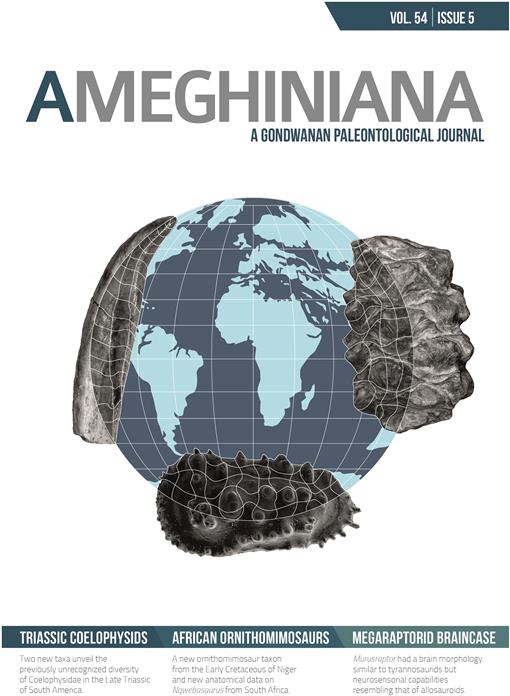A detailed description of the neuroanatomy of Murusraptor barrosaensis—a mid-sized non-maniraptoran theropod from the Late Cretaceous of north Patagonia—is based on the exceptionally preserved type braincase. CT scans provide new information on the braincase, brain, cranial nerves, encephalic vasculature, and inner ear of this taxon. Worldwide, relatively few non-maniraptoran theropod braincases have been described in detail and the new information reported here is important to better understand the variability of braincase characters within the clade. This study suggests that megaraptorids have a particular brain pattern that is different from those of other non-coelurosaur theropods, such as allosauroids and ceratosaurs, and different from that of some coelurosaurs, such as tyrannosaurids, although sharing more similarities with the latter. The Reptile Encephalization Quotient of Murusraptor is within a range between those of Allosaurus and Tyrannosaurus; the Olfactory Ratio is, however, smaller than the observed in tyrannosaurids and allosauroids. The paleobiological implications on gaze stabilization, hearing, and olfaction in the Argentinean taxon are still poorly understood.
How to translate text using browser tools
28 March 2017
The Braincase of the Theropod Dinosaur Murusraptor: Osteology, Neuroanatomy and Comments on the Paleobiological Implications of Certain Endocranial Features
Ariana Paulina-Carabajal,
Philip J. Currie
ACCESS THE FULL ARTICLE
<
Previous Article
|

Ameghiniana
Vol. 54 • No. 5
November 2017
Vol. 54 • No. 5
November 2017
Capacidad olfatoria
Inner ear
Maniraptorosaurinae
Neuroanatomía
Neuroanatomy
Oído interno
Olfactory acuity




